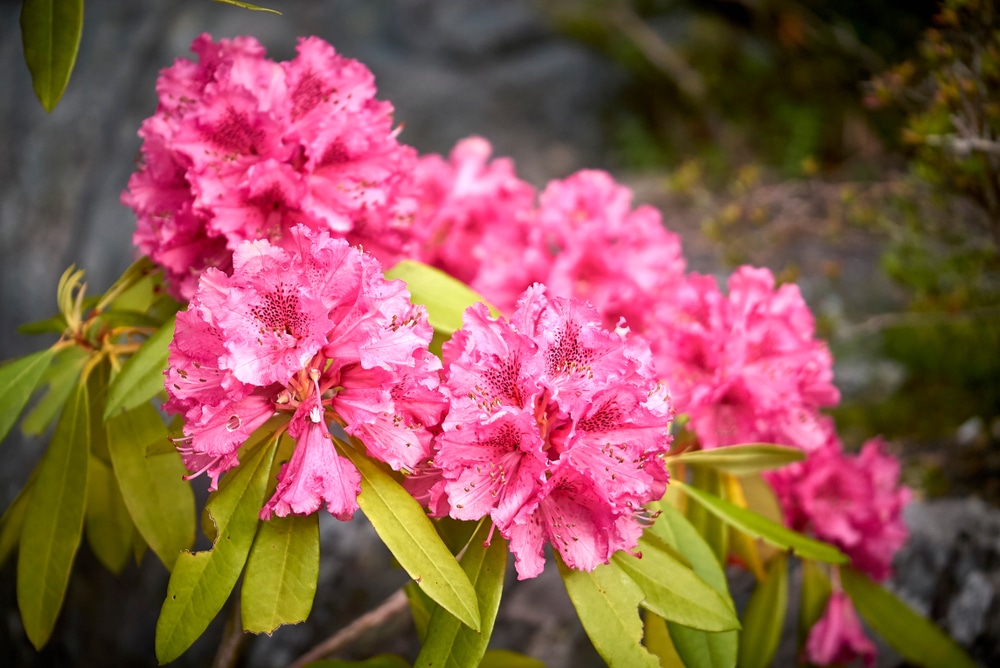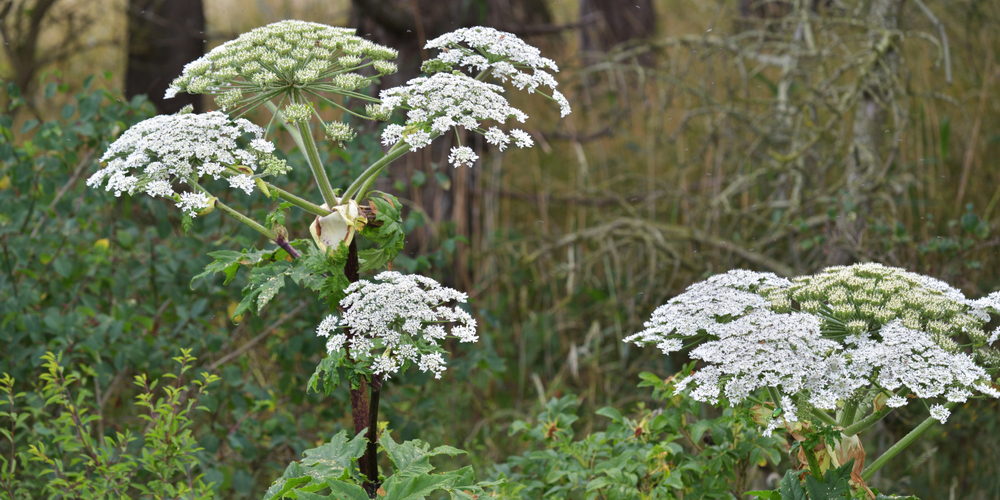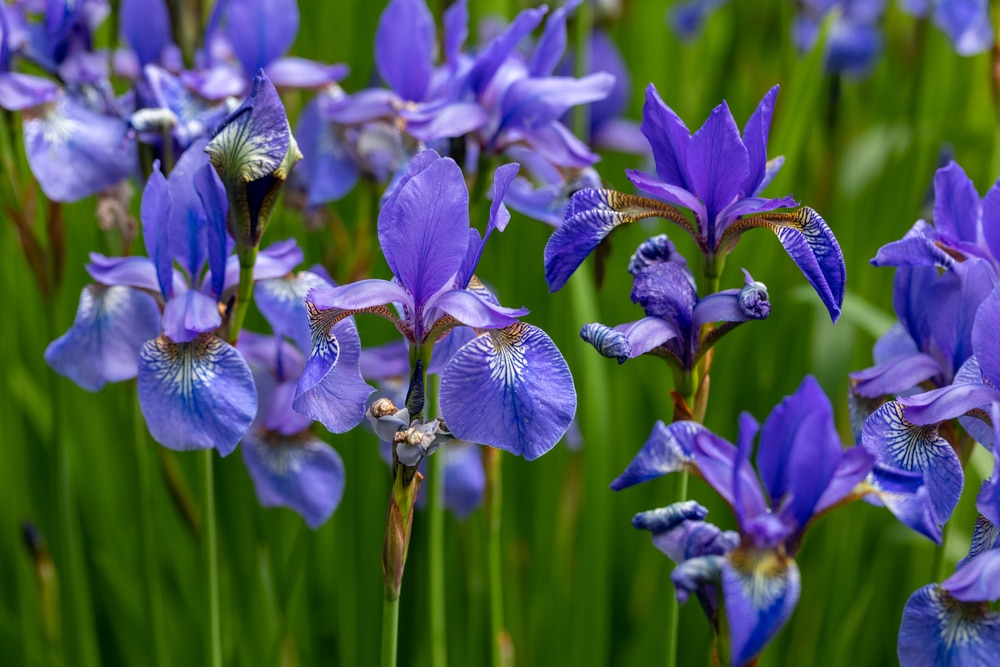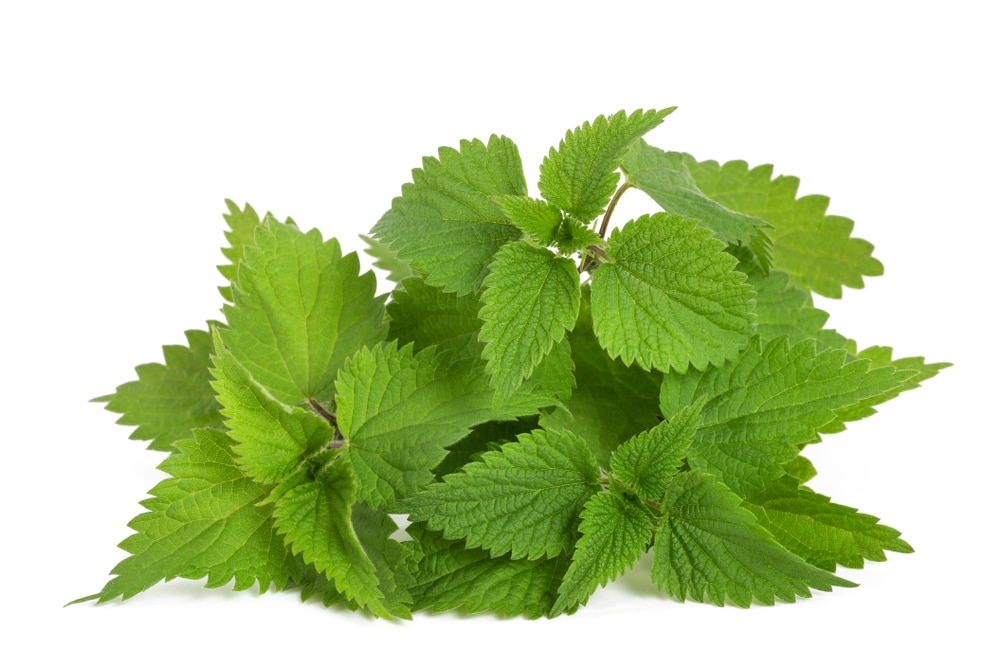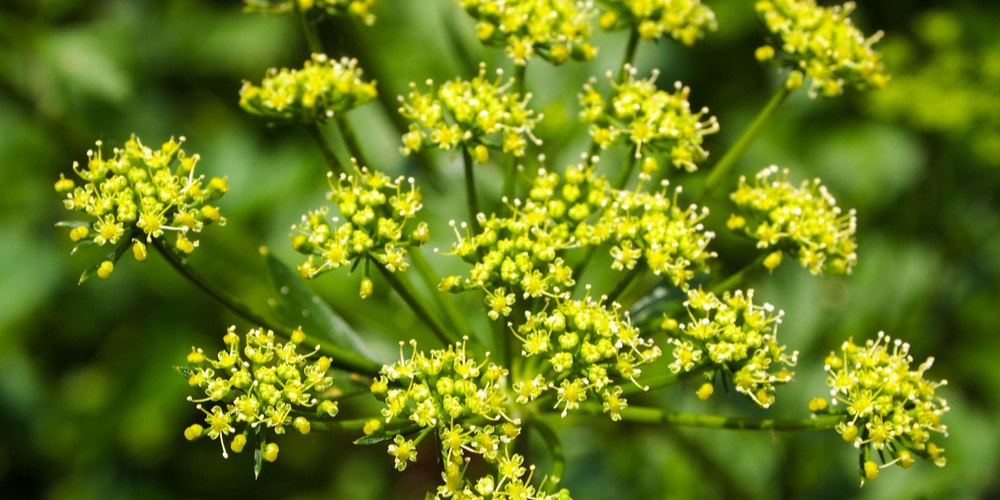Many plant species can be harmful if eaten or handled. The symptoms they can cause range from rashes and blisters to stomach aches, heart problems, and more. So it’s prudent to know which plants are poisonous and should be avoided or handled with caution. Listed below are some of the poisonous plants you may encounter in Michigan.
What Are The Poisonous Plants To Avoid in Michigan?
This is a partial list of some of the most poisonous plants you might find in your Michigan backyard. Keep in mind that there might be other poisonous plants to watch out for, depending on your area.
Angel’s Trumpet
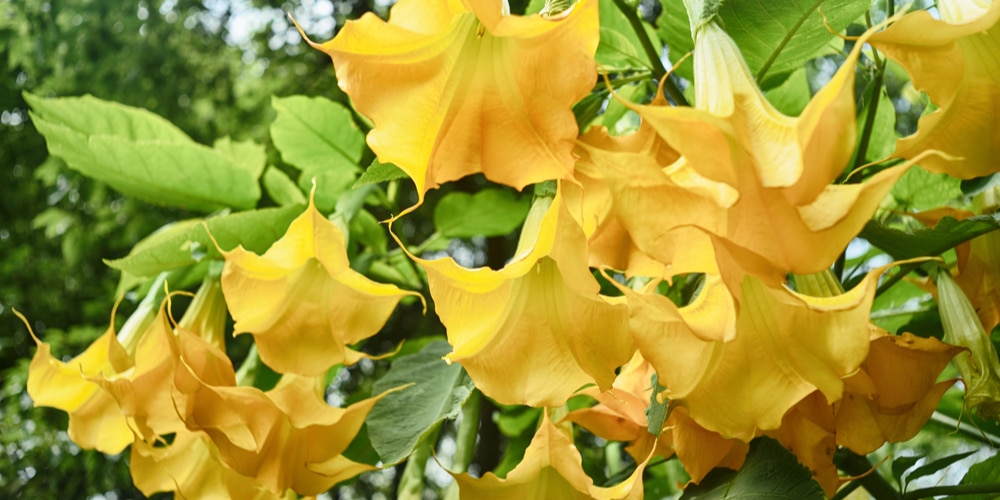
These showy shrubs are covered in beautiful but deadly flowers. As a member of the nightshade family, they produce several dangerous toxins, including scopolamine and other tropane alkaloids. Ingesting any part of this plant can cause tachycardia, dry mouth, tremors, and hallucinations.
Arrowhead
The arrowhead plant is a vine native to Central America. It has been introduced to several areas of the United States from escaped houseplants. All parts of this plant contain a high concentration of calcium oxalate crystals that will cause severe pain in the mouth if ingested.
Azalea
Azaleas are popular ornamental plant thrives in temperate areas. Its leaves and flower nectar contain andromedotoxin, which causes dizziness and weakness when eaten. At high doses, it can cause severe heart disturbances.
Elephant Ear
Elephant ear, also known as taro, is an elegant plant with very large leaves. The leaves contain calcium oxalate crystals that can cause burning and swelling of the mouth when eaten raw.
Foxglove
This unique flower is more dangerous than it looks, as it contains toxic cardiac glycosides. Ingesting large amounts of flowers or leaves can cause nausea, vomiting, and cardiac arrhythmias.
Giant Hogweed
This larger-than-life invasive plant is dangerous on contact! Touching any part of the giant hogweed plant that contains sap can cause burns and blisters. The sap causes phytophotodermatitis and makes your skin extra sensitive to UV light. Be sure to steer clear of this giant plant if you see it in the wild.
Hemlock
This noxious weed belongs to the carrot family. It grows all over Michigan and germinates all year. All parts of the plant are toxic, and ingesting or touching it can cause severe reactions. When eaten, it can cause muscle paralysis and death, and when handled, it can cause rashes and severe reactions.
Hyacinth
These bulb-forming flowers are dangerous if handled. They contain the same oxalic acid as elephant ears and the arrowhead plant. Wearing gloves while planting the bulbs can reduce the pain associated with handling them.
Iris
The iris is a widely-appreciated flower across the country. While it isn’t that toxic to humans, it can be toxic to your pets. Dogs, cats, and horses that ingest irises can show salivation, vomiting, and lethargy.
Poison Ivy
This notorious plant is commonly found throughout Michigan. Touching it will cause the sap present on its leaves to seep into your skin, causing a prolonged rash and hives. If you accidentally touch it, immediately wash the area with warm water and dish soap to lessen the reaction.
Stinging Nettle
Stinging nettle is a prickly plant with fine hairs on its leaves and stems. These hairs contain chemicals that will irritate your skin if you touch them. Touching this plant will cause pain and a stinging sensation in the affected area.
Wild Parsnip
Wild parsnip is an invasive plant that can easily overtake large areas after introduction. Touching any part of the plant that releases sap will cause burns and blisters to your skin. It’s also toxic if ingested, making it a serious threat to foraging livestock.
Final Thoughts
A little bit of education goes a long way in preventing injury from poisonous plants. We hope you found this list of poisonous plants in Michigan helpful for identifying harmful greenery and preventing potential problems.

